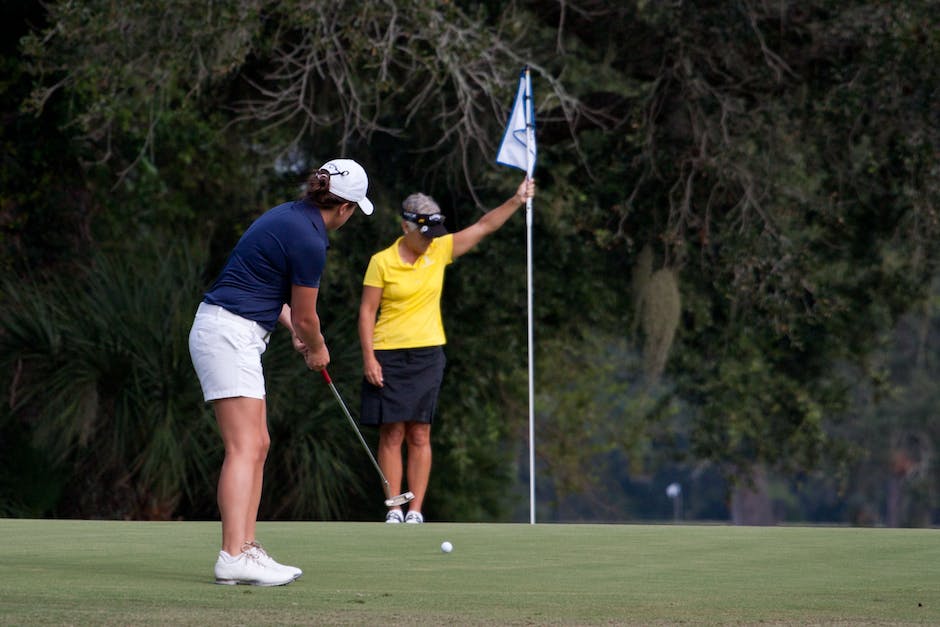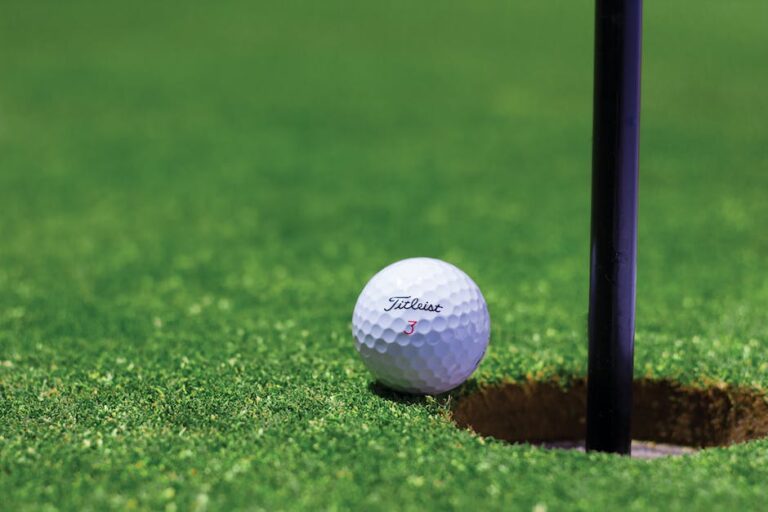Top Disc Golf Courses for Windy Conditions: Strategies and Techniques
Playing disc golf in windy conditions is a challenge that requires a specific set of skills and techniques. Wind can greatly affect the flight of your disc, making it difficult to control and predict its trajectory. Understanding the basic principles of the impact of wind on disc flight is essential to adjust your technique and increase your chances of success.
First, it’s important to know that wind affects disc flight differently depending on its direction and speed. Headwind, tailwind, and crosswind all have distinct effects on your disc. A headwind will cause your disc to lift and carry your throw to the left if you’re a right-handed player. A tailwind, on the other hand, will push your disc down and to the right, making it harder to control its lateral movement. Crosswinds tend to create a side-to-side movement that can make your disc turn or fade more than expected.
Second, wind also affects your disc’s speed and stability. A headwind will slow down your disc, while a tailwind will speed it up. A windy throw requires the disc to be more stable to avoid turning over or flipping. Wind can also affect the angle of release of your disc, making it easier to lose control if your grip or release aren’t adjusted accordingly.
Top Techniques for Throwing in Windy Conditions
To successfully play disc golf in windy conditions, understanding the impact of wind isn’t enough. You also need to master some specific techniques to adapt your throw to variable conditions. Here are some strategies that can help:
-
Adjust your grip and release. A tighter grip or a more hyzer release can help stabilize your disc against a headwind. While a wider grip and an anhyzer release can help your disc fight a tailwind.
-
Use more overstable discs. Overstable discs tend to be more resistant to wind due to their stability. They can help counteract the wind’s effects and provide more predictable flight.
-
Don’t be afraid to throw lower. Throwing lower to the ground can help avoid the brunt of the wind and provide more stability to your disc.
-
Pay attention to the wind’s direction and speed. Take your time and assess the wind’s current effects before making your play. Don’t be afraid to change your strategy if wind conditions change.
-
Use a more overstable putter. When putting in windy conditions, it is recommended to use a more overstable putter. This will help maintain the stability and direction of your putter during the wind’s gusts.
By understanding the effects of wind and using these strategies, you can increase your chances of success in windier conditions. With practice and patience, you’ll be able to master the art of disc golf in any weather condition.
How to Adjust Your Grip and Release in Wind
As mentioned in the previous section, grip and release adjustments are essential to playing disc golf in windy conditions. Here are some specific techniques that you can use to help stabilize your disc and adjust your shot in the wind:
Grip Adjustments:
-
Tighten your grip: When throwing into a headwind, tightening your grip can help provide more stability to your disc. This added grip pressure will help keep the disc from turning too much when it encounters the oncoming winds.
-
Widen your grip: In contrast, when throwing with a tailwind, widening your grip can help provide more lift and stability to your disc.
-
Grip the disc with your thumb on top: This grip creates more stability for your release, which is ideal in headwinds.
-
Grip the disc with your thumb on the inside edge: This grip makes for a more stable release, often preferred in crosswinds.
Release Adjustments:
-
Flat Release: When throwing into a headwind, release the disc at a flat angle. This angle helps provide more stability to the disc, allowing it to fight against the wind’s resistance.
-
Hyzer Release: By releasing the disc at an angle that is tilted down toward the sidearm side for right-handed players, you can stabilize the disc in a headwind.
-
Anhyzer Release: In a tailwind, tilting the disc up toward the underside of the backhand side for right-handed players is helpful for producing lift and combating the wind’s force.
By adjusting your grip and release, you can help keep your disc on track even in tough wind conditions.

Recommended Discs and Equipment for Windy Play
Beyond your throwing technique, selecting the right gear can also make a significant difference in playing disc golf in high wind conditions. Here are some examples of gear that can help in windy weather:
-
Overstable Discs: These discs are designed to remain stable during windy shots. Some of the most reliable overstable discs include the Innova Firebird, Discraft Zone, and Dynamic Discs Felon.
-
Putters with a more pronounced bead: A more significant bead around the edge of the putter can add stability to the disc, increasing the chances of holding onto its line in windy conditions.
-
Gloves: In colder weather, wearing gloves can help maintain a consistent grip in harsh winds. However, it is essential to find gloves that are thin enough to maintain feel and control over your shots.
-
Windbreaker: Lastly, a windbreaker jacket would be an excellent addition to your wardrobe. Windbreakers can help cut the wind’s resistance on you, keeping your body temperature regulated, and your shots dialed in.
By utilizing these recommended pieces of equipment in windy conditions, you can make consistent progress with your game despite the variables the weather throws your way.

Best Windy Disc Golf Courses in the United States
While playing in high wind conditions can be a challenge, certain courses are better suited for windy play. Here are some of the best disc golf courses in the United States known for their windy conditions:
-
Milo McIver State Park, Oregon: This park has scattered trees and open areas, which force players to use a variety of throws to navigate through trees and wind gusts.
-
DeLaVeaga Disc Golf Course, California: This course is notorious for its consistently windy conditions. DeLaVeaga is home to many challenging holes, like Hole 27 (the Top of the World), which requires players to factor in heavy gusts for a successful throw.
-
Highbridge Hills, Wisconsin: The Highbridge Hills course is known for its elevation changes and narrow fairways, and is designed to test players’ accuracy and control amidst the wind.
-
Flyboy Aviation Course, Georgia: The course has many challenging holes with wooded and open air shots designed to craft precision while mastering throws in high-wind conditions.
-
Selah Ranch, Texas: Selah Ranch contains mostly open-air holes, which can provide variable wind gusts that test your skills and aim.
Disc golf courses in these areas offer players a high degree of challenge, helping players sharpen their skills in high wind conditions.
Strategies for Playing in Constantly Changing Wind Patterns
One of the most challenging aspects of playing disc golf in windy conditions is dealing with changes in the wind’s direction and speed. Here are some strategies that can help you adjust to constantly changing wind patterns:
-
Patience is key. Wait for a reliable wind before making your shot.
-
Keep an eye on any flags or the leaves on nearby trees to assess the current wind direction and speed as you approach your shot.
-
Be flexible with your selected disc, and consider switching to an opposite wind-resistant option.
-
Keep your throws consistent in speed and angle, despite gusty winds. Wind conditions may also require a great amount of precision and control.
-
Continuously watch for any observable trends in the wind, including changes in direction or gusts, to adjust your throws accordingly.
By adapting to changing wind patterns against consistency and patience, you can succeed in almost any weather conditions.







